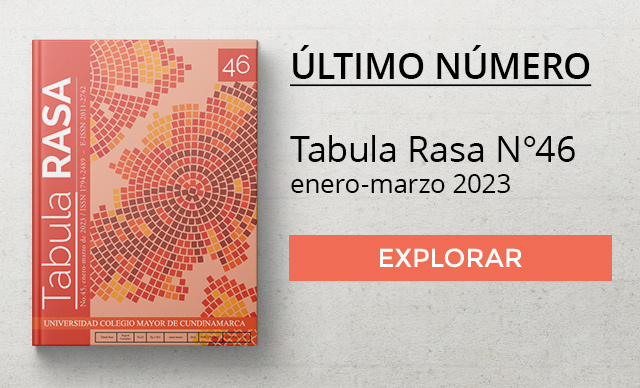Cristo Rafael Figueroa Sánchez
figueroa@javeriana.edu.co
Pontificia Universidad Javeriana, Colombia
Universidad Colegio Mayor de Cundinamarca, Colombia
Abstract:
The article takes on the short story output of Luis Fayad between Los sonidos del fuego (1968) and Un espejo después y otros relatos (1995) with the objective of perceiving the variations of Bogotá, as well as the aesthetical mediations through which urban, political and social conflicts between the decades of the sixties and the nineties of the 20th century are represented in his literature. The Bogotan narrator is situated on the interstices of his city’s problems to discover the unknown edges of a process that is not always evident in social or anthropological studies; thus the stories register the transformations of the urban space since when it stopped being a big village and until it converts into an overcrowded major city, visualizing remains of collective memories, existential and social conflicts, marginalizations and little histories of life, until it makes up a discursive framework that allows to read signs and faces of a city that is undergoing an eternal process of metamorphosis.
Keywords: stories, enunciation, city, marginal, displacement.







